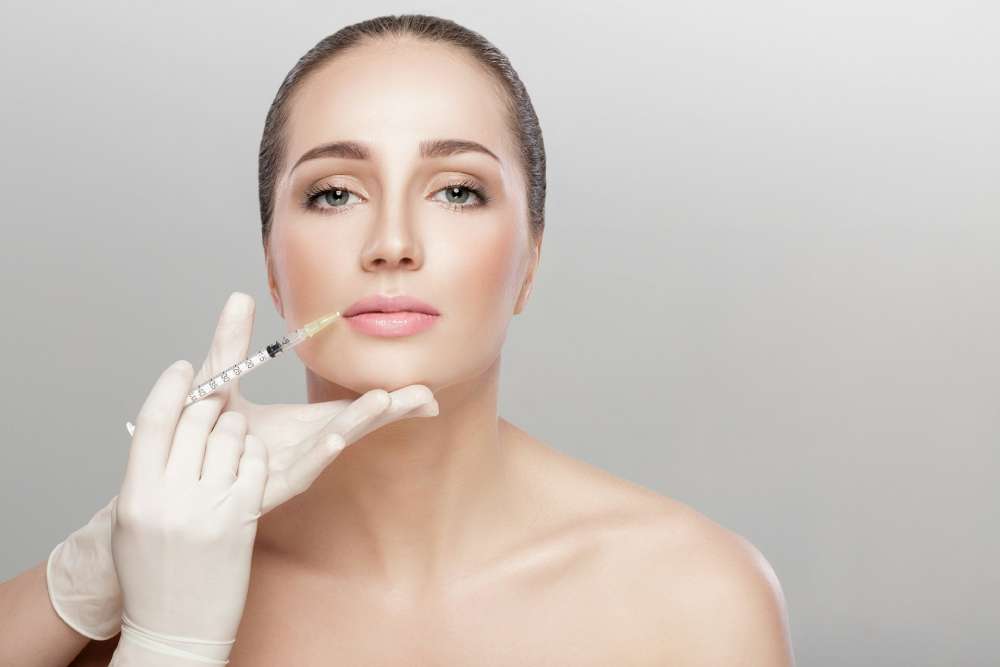Botulinum toxin, better known as Botox, has a fascinating origins story that stretches back to the late 19th century when it was first identified. It was in the 20th century that scientists discovered its therapeutic potential to treat overactive muscles.
Since then, it has captivated the medical community for its ability to help patients with various ailments, including strabismus (crossed eyes), blepharospasm (uncontrolled blinking), and even excessive sweating. But it was the evolution into cosmetic applications that catapulted Botox to fame.
Its ability to smooth wrinkles by relaxing facial muscles quickly captured the public’s imagination, marking the beginning of a new era in non-invasive aesthetic treatments.
Contents
- 1 The Science Behind Botox: How Does It Work?
- 2 Examining the Safety Profile of Botox
- 3 Botox Beyond Aesthetics: Therapeutic Uses
- 4 Psychological Impacts of Botox on Self-Perception and Confidence
- 5 The Economic Influence of Botox on the Beauty Industry
- 6 Navigating the Landscape of Botox Providers
- 7 Societal Perceptions and Trends in Botox Use
- 8 Future Directions: Innovations in Botox and Aesthetic Medicine
The Science Behind Botox: How Does It Work?
Within the realm of cosmetic procedures, Botox is distinguished by its specific action on facial muscles. It is derived from Clostridium botulinum bacteria and works by blocking the nerve signals that cause muscles to contract.
The significance of this effect becomes apparent in the context of how wrinkles form. As people express emotions, the repeated movement of facial muscles creates lines that, over time, become more permanent. By inhibiting these contractions, Botox provides a softened, more youthful appearance.
When individuals consider aesthetic enhancements and search for Botox near me, they often desire to alleviate these conspicuous signs of aging. Nonetheless, the longevity of Botox’s effects varies from individual to individual and depends on various factors, including muscle strength, metabolism, and dosage.
Examining the Safety Profile of Botox
Scrutiny around the safety of Botox has been thorough, given its origin as a potent neurotoxin. Through extensive research, however, Botox has been determined safe for cosmetic use by regulatory authorities like the FDA, provided trained professionals administer it.
The emergence of any side effects typically relates to the technique of injection or inaccuracies in dosage, underscoring the necessity of seeking treatments from certified and experienced clinicians. Misconceptions persist, yet the data upholds Botox as a low-risk option for managing signs of aging, with millions of successful treatments performed annually.
Botox Beyond Aesthetics: Therapeutic Uses
Botox’s repertoire extends well beyond its cosmetic renown. It continues to serve as a valuable medical tool, offering relief for more than just wrinkles. One of the most lauded therapeutic uses of Botox is in the treatment of chronic migraines, where it has provided solace to those who suffer from this debilitating condition.
Additionally, its mechanism of muscle relaxation has proven beneficial for patients with cerebral palsy and other conditions characterized by muscle spasticity. These applications underscore the diverse potential of Botox in the realm of medicine, with ongoing research likely to expand its therapeutic range even further.
Psychological Impacts of Botox on Self-Perception and Confidence
Aside from the observable aesthetic benefits, Botox has a profound impact on how individuals perceive themselves. This effect on mental and emotional well-being is increasingly documented, with studies and personal accounts revealing that treatments can lead to enhanced self-esteem and social confidence.
It is essential, however, to address these treatments with realistic expectations and to understand that while Botox can contribute to an improved self-image, it is not a panacea for all self-esteem issues.
The Economic Influence of Botox on the Beauty Industry
In the context of the global beauty industry, Botox holds a position of significant economic impact. Its widespread appeal and non-invasive nature cater to a broad customer base, creating a high-demand market segment.
The trend toward non-surgical rejuvenation methods has only bolstered its position as a mainstay among cosmetic procedures. From an economic perspective, Botox not only stimulates considerable revenue but also fosters employment opportunities and technological investment within the sector.
As the popularity of Botox soars, the number of clinics and professionals offering the treatment has concurrently increased. This abundance makes it imperative for individuals to conduct due diligence when selecting a provider.
Factors such as board certification, professional experience, and client testimonials should be carefully considered to ensure the safety and efficacy of the procedure. Educated decisions in the selection process ultimately safeguard the client’s wellness and results.
Societal Perceptions and Trends in Botox Use
The demographic profile of those who use Botox is both widening and diversifying. Initially associated with a particular age group and gender, the current landscape of Botox users now includes younger individuals and men, pointing to a change in societal attitudes towards cosmetic procedures.
Whereas once there might have been a stigma or misconception about using Botox, it is now becoming normalized as part of an expanded view of personal upkeep and self-care.
Future Directions: Innovations in Botox and Aesthetic Medicine
Botox’s potential and application in aesthetic medicine are promising. The landscape is ripe for innovation, with new uses and improved formulations under constant exploration. Integrating technology, such as AI, in personalized treatment planning might further revolutionize the field.
As WebMD reports, the emergence of new products and techniques provides a glimpse into a future where treatments are more refined, results are more tailored, and client satisfaction is even higher.





